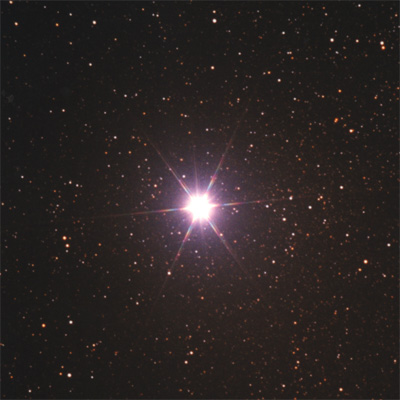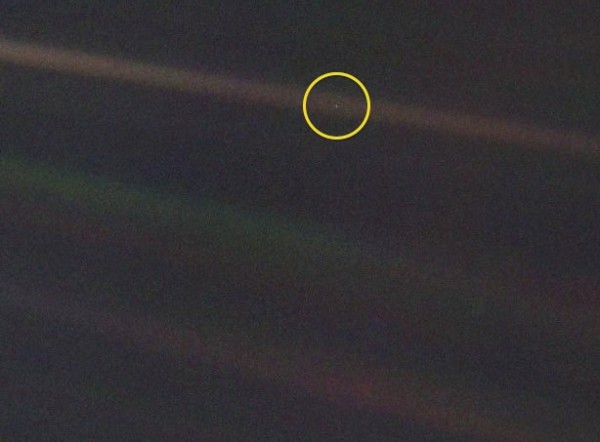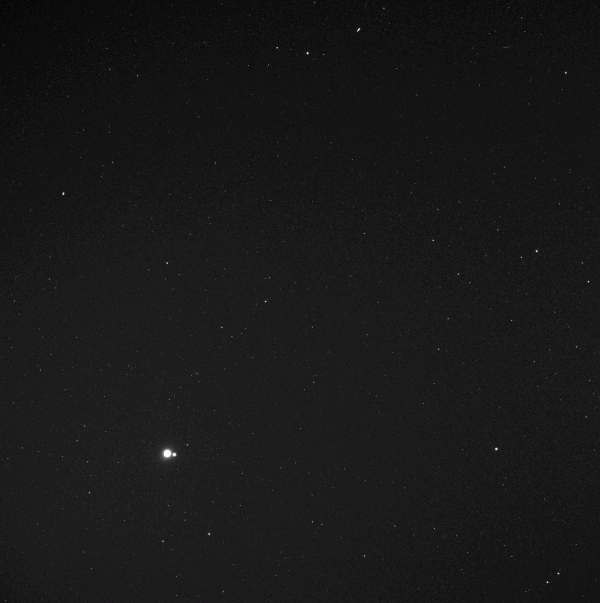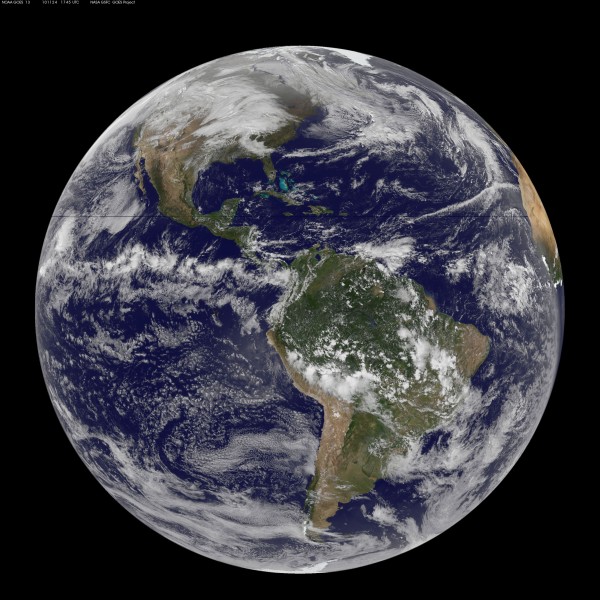"Our planet is a lonely speck in the great enveloping cosmic dark. In our obscurity - in all this vastness - there is no hint that help will come from elsewhere to save us from ourselves. It is up to us." -Carl Sagan
Here on our planet, this is the one day that we take out of the year to stop and appreciate just how amazing the natural world really is, and how fortunate we are to have the Earth that we have. A wonderful but sad reminder of how fragile it is, and how quickly and easily we can affect it, comes through John Prine's great song,
You'd see a rather unspectacular, whitish star. It would appear bright only because you were close to it. Even from our nearest star, Alpha Centauri, the Sun would only be the 5th brightest star in the night sky. If you knew the proper techniques, you could tell that there were gas giant planets around it, and -- if your tools were excellent -- some smaller, inner rocky worlds, too.
But unless you journeyed into the Oort Cloud, and then in past the Kuiper Belt, only at this point would it be easy for you to see Earth.
And even then, from 6 billion kilometers (4 billion miles) away, we'd appear as no more than a speck of dirt flying through the interplanetary dust.
But as you came in closer, you'd be able to see more and better details. That is, of course, if you knew to look for Earth. There are plenty of tempting distractions.
From distant Saturn, our world is visible, seen here poking out from in between the rings. A close-up view shows that you can not only see that our planet is round in shape, but has a large moon, visible off of our upper-left limb.
If you came in all the way to the closest planet to the Sun, Mercury, your view would be different, but even more spectacular.
Our Earth, the largest disk in the photo, appears to be in either a full or nearly-full phase at all times from Mercury's vantage point, along with our Moon. Slightly more distant would be our view of Earth from Mars, which we were lucky enough to capture back in 2003 for the very first time, and in color to boot!
Seen from an outer planet, the Earth will run through all the phases, from new to crescent to gibbous to full. Our blue color, caused by our atmosphere and our oceans, surrounds patches of green and brown, where our continents poke out above the watery surface. Overlaid over all of it is the white clouds, which paint a transient covering above our world.
This is much more apparent, of course, the closer you get. When the Voyager 1 spacecraft was first leaving Earth on its journey, it snapped this far superior view than the one we can get from Mars.
In fact, Voyager 1 and 2, in 1977, became the first spacecrafts to ever photograph the full Earth and Moon in the same picture.
But it's nothing compared to the first human view of the entire Earth, seen in December of 1968 by the Apollo 8 astronauts. As they emerged from behind the night side of the Moon -- the first humans ever to do so -- this was the sight that greeted them.
The above photo, simply known as Earthrise, carries the following statement with it, courtesy of Anders:
We came all this way to explore the moon, and the most important thing is that we discovered the Earth.
Today, of course, there are thousands of satellites orbiting the Earth, taking photos of the entire planet in unprecedented detail.
This very hi-res image (click for it), taken just a few months after the BP Oil Spill, is perhaps a great example of how invisible the damage we can do to the Earth is. From even our best views from space, the Earth appears nothing if not pristine and magnificent, as this cropped section of the Gulf of Mexico shows.










"As they emerged from behind the night side of the Moon..."
Oh, dear.
YES, HAPPY HAPPY HAPPY EARTH DAY :)
Nice collection of 'Earth from space' pics.